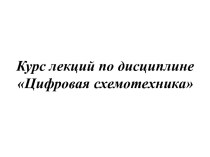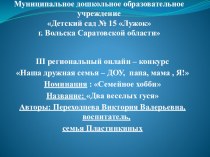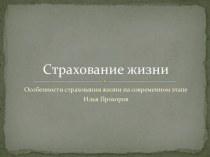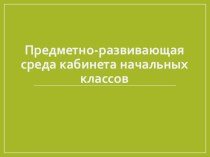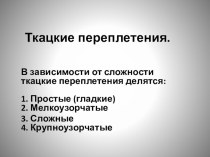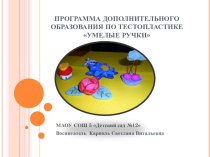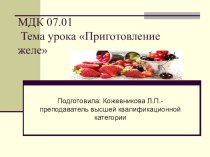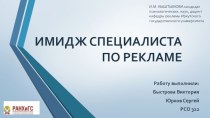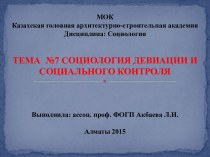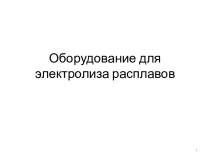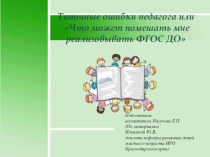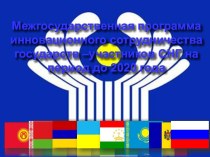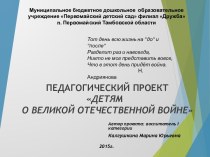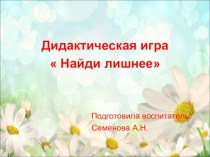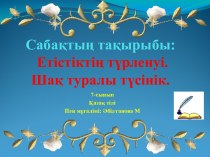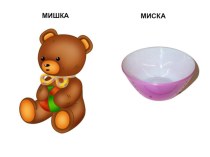- Главная
- Разное
- Бизнес и предпринимательство
- Образование
- Развлечения
- Государство
- Спорт
- Графика
- Культурология
- Еда и кулинария
- Лингвистика
- Религиоведение
- Черчение
- Физкультура
- ИЗО
- Психология
- Социология
- Английский язык
- Астрономия
- Алгебра
- Биология
- География
- Геометрия
- Детские презентации
- Информатика
- История
- Литература
- Маркетинг
- Математика
- Медицина
- Менеджмент
- Музыка
- МХК
- Немецкий язык
- ОБЖ
- Обществознание
- Окружающий мир
- Педагогика
- Русский язык
- Технология
- Физика
- Философия
- Химия
- Шаблоны, картинки для презентаций
- Экология
- Экономика
- Юриспруденция
Что такое findslide.org?
FindSlide.org - это сайт презентаций, докладов, шаблонов в формате PowerPoint.
Обратная связь
Email: Нажмите что бы посмотреть
Презентация на тему The role of kinship in helping behavior among white-fronted bee-eaters
Содержание
- 2. The aim of the study is
- 3. Source of the Data:Five year observation
- 5. Background of the Study
- 6. How often do bee-eaters help each other?Helping-at-the-nest
- 7. How bee-eaters help?When a bee-eater becomes a
- 8. Who helps more: male or female bee-eaters?Males
- 9. How bee-eaters become helpers?White-fronted bee-eater helpers come
- 10. 3 key research questions of the
- 11. Whether or not to become a helper?that is the question
- 12. Whether or not to become a helper?According
- 13. Testing the Benefit VariableMore individuals should become
- 14. Testing the Benefit VariableMore individuals should become
- 15. Benefit Variable Analysis ResultsThe relationship between number
- 16. Testing the Costs VariableMore individuals should become
- 17. Testing the Costs VariableEnergeticcosts for helping If
- 18. Testing the Costs VariableEnergetic costs for helping
- 19. Costs Variable Analysis ResultsEnergetic costs for helping
- 20. Testing the Costs VariableDelayed breeding costsTwo categories of helpers:Low CostHigh CostPaired BirdsSingle Birds
- 21. Costs Variable Analysis ResultsPaired birds were significantly
- 22. Testing the Kinship VariableEergetic costs for helping
- 23. Kinship Variable Analysis ResultsDecreasing the coefficient of relatedness decrease probability of helping behavior. Less RelatedLess Help
- 24. Kinship Variable Analysis ResultsThe non-incestuous nature of
- 25. Kinship Variable Analysis ResultsNatal members receive much
- 26. Whom to help?
- 27. Whom to help?
- 28. Whom to help?Expected probabilities of helping based
- 29. Whom to help?The average relatedness between helper
- 30. How much help to provide?
- 31. How much help to provide?Does kinship predict the amount of aid bee-eaters will provide??
- 32. How much help to provide?In bee-eaters, the
- 33. How much help to provide?The model included
- 34. How much help to provide?The model explained
- 35. Скачать презентацию
- 36. Похожие презентации
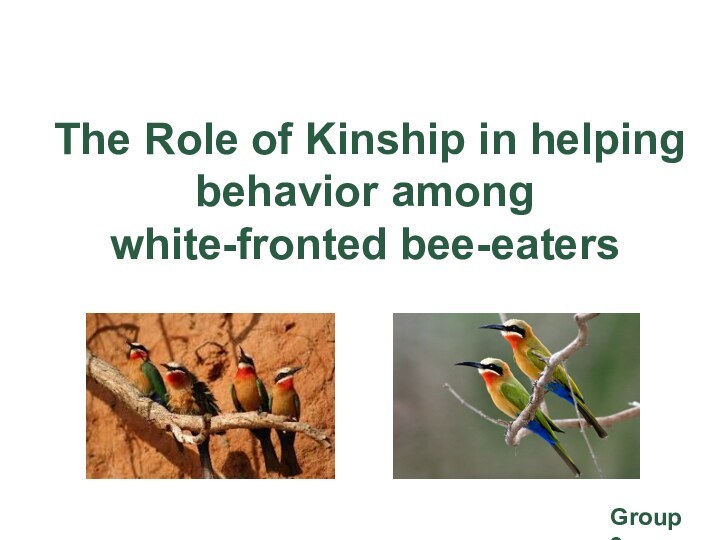

































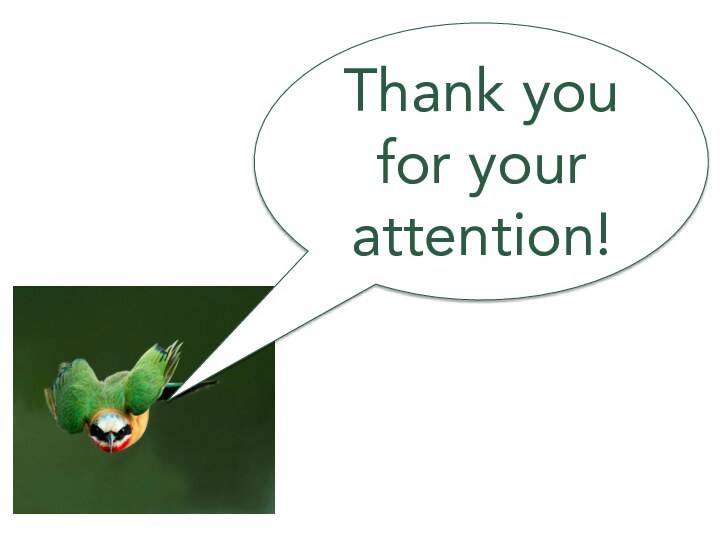
Слайд 3
Source of the Data:
Five year observation of
color-marked and genealogically known population of white fronted bee-eaters
in Kenya.
Слайд 6
How often do bee-eaters help each other?
Helping-at-the-nest is
frequent, with half (50%) of all nesting attempts being
attended by one or more helpers in addition to the breeding pair.The average number of helpers at nests with helpers is 1.52 (Emlen 1988).
1
Слайд 7
How bee-eaters help?
When a bee-eater becomes a helper,
it attaches itself to one nesting group and assists
at only that one nest until either the young fledge or the nesting attempt fails.If young fledge, the helper generally continues to feed the fledglings during their transition to independence.
2
Слайд 8
Who helps more: male or female bee-eaters?
Males and
females contribute almost equally to the pool of helpers,
53 percent being female (Emlen 1988). Further, the likelihood that any given bird becomes a helper is independent of gender. There was no sexual bias in the probability of helping for any category of natal potential helper.3
Слайд 9
How bee-eaters become helpers?
White-fronted bee-eater helpers come from
the ranks of breeders as well as non-breeders. When
a nesting attempt fails, it is common for one (and rarely both) breeders to shift and become "redirected helpers" at another nest within the clan (Emlen 1981, 1988).4
Слайд 10
3 key research questions
of the study:
Whether or
not to become a helper?
Whom to help?
How much help
to provide?How they decide…
Слайд 12
Whether or not to become a helper?
According to
the Hamilton’s equation
3 specific predictions follow:
More individuals
should become helpers when the magnitude of the benefit realized by the recipient is large More individuals should become helpers when the cost to the donor of providing aid is small
More individuals should become helpers when the coefficient of relatedness between recipient and donor is large
Слайд 13
Testing the Benefit Variable
More individuals should become helpers
when the magnitude of the benefit realized by the
recipient is largeCumulated Aid
Benefit of recipient
Слайд 14
Testing the Benefit Variable
More individuals should become helpers
when the magnitude of the benefit realized by the
recipient is largeNumber of helpers
Cumulated Aid received by recipient
Additional benefit from each additional helper
1st
2nd
3rd
4th
Слайд 15
Benefit Variable Analysis Results
The relationship between number of
helpers and fledging success was linear:
0.44 off-spring per additional
helperNestlings continue to benefit from increasing number of helpers and observed helper number has rarely reached the point of diminishing returns
Prediction of decreasing likelihood of becoming helper cannot be tested with this species
Слайд 16
Testing the Costs Variable
More individuals should become helpers
when the cost to the donor of providing aid
is smallTwo types of costs were examined
Energetic costs for helping
Deferring one’s own reproduction
Слайд 17
Testing the Costs Variable
Energeticcosts for helping
If the
case of an initial nest failure bee-eaters either renest
or become helpers at other ongoing nests.Also some bee-eaters nest a second time after successful fledging first broods of young.
Слайд 18
Testing the Costs Variable
Energetic costs for helping
Two
categories of helpers:
Low-Effort
High-Effort
Helpers that had not participated in any
previous nesting attempt that season or that had failed early in their first nesting attemptHelpers that had involved in any successful nesting attempt that had reached the point of feeding young.
Слайд 19
Costs Variable Analysis Results
Energetic costs for helping
Low-effort
helpers demonstrated higher conditional probabilities of helping that birds
from the High-Effort category.This effect is significant for all kin classes (0.5, 0.25, 0.0)
Higher Costs
Less
Help
Слайд 20
Testing the Costs Variable
Delayed breeding costs
Two categories of
helpers:
Low Cost
High Cost
Paired Birds
Single Birds
Слайд 21
Costs Variable Analysis Results
Paired birds were significantly less
likely to become helpers than were single individuals
Have
a spouseLess
Help to others
Delayed breeding costs
Слайд 22
Testing the Kinship Variable
Eergetic costs for helping
If
the case of an initial nest failure bee-eaters either
renest or become helpers at other ongoing nests.Also some bee-eaters nest a second time after successful fledging first broods of young.
More individuals should become helpers when the coefficient of relatedness between recipient and donor is large
Слайд 23
Kinship Variable Analysis Results
Decreasing the coefficient of relatedness
decrease probability of helping behavior.
Less Related
Less
Help
Слайд 24
Kinship Variable Analysis Results
The non-incestuous nature of pair-bonding
in bee-eaters clans creates the simple kin-nonkin dichotomy within
each clan.Clan 1
Clan 1
One member of the new pair remains in its natal plan and other (usually female) leaves its natal clan.
Слайд 25
Kinship Variable Analysis Results
Natal members receive much more
helping, than unrelated mates due to they social situation.
“Higher Social Status”
More
Help
The question is that will the new (in-law member) receive the same amount of help from the members of non-natal clan?
Слайд 28
Whom to help?
Expected probabilities of helping based on:
-
Direct proportion of available recipients in the clan
Assumption that
helpers choose their recipients randomly Observation demonstrated that:
Bee eaters are more likely to help the most closely related recipients.
Слайд 29
Whom to help?
The average relatedness between helper and
nestlings being helped was 0.33
Kin recipients were involved in
88% of the cases and the most frequent associations were among the closest kinThere were 10 instances in which helping was directed towards recipients outside of the clan. But, in 8 cases birds temporarily rejoined their natal groups to help their parents or step-parents.
Слайд 32
How much help to provide?
In bee-eaters, the major
contribution of helping is feeding nestlings.
Relative
Non-relative
Will the feeding
rate differ between relative and non-relative recipients?
Слайд 33
How much help to provide?
The model included ten
independent variables:
Weather
Season insect availability
Age of young
Number of young
Group size
Helper’s
ageHelper’s sex
Pair bound status
Kinship
Prior effort
Feeding Rate
